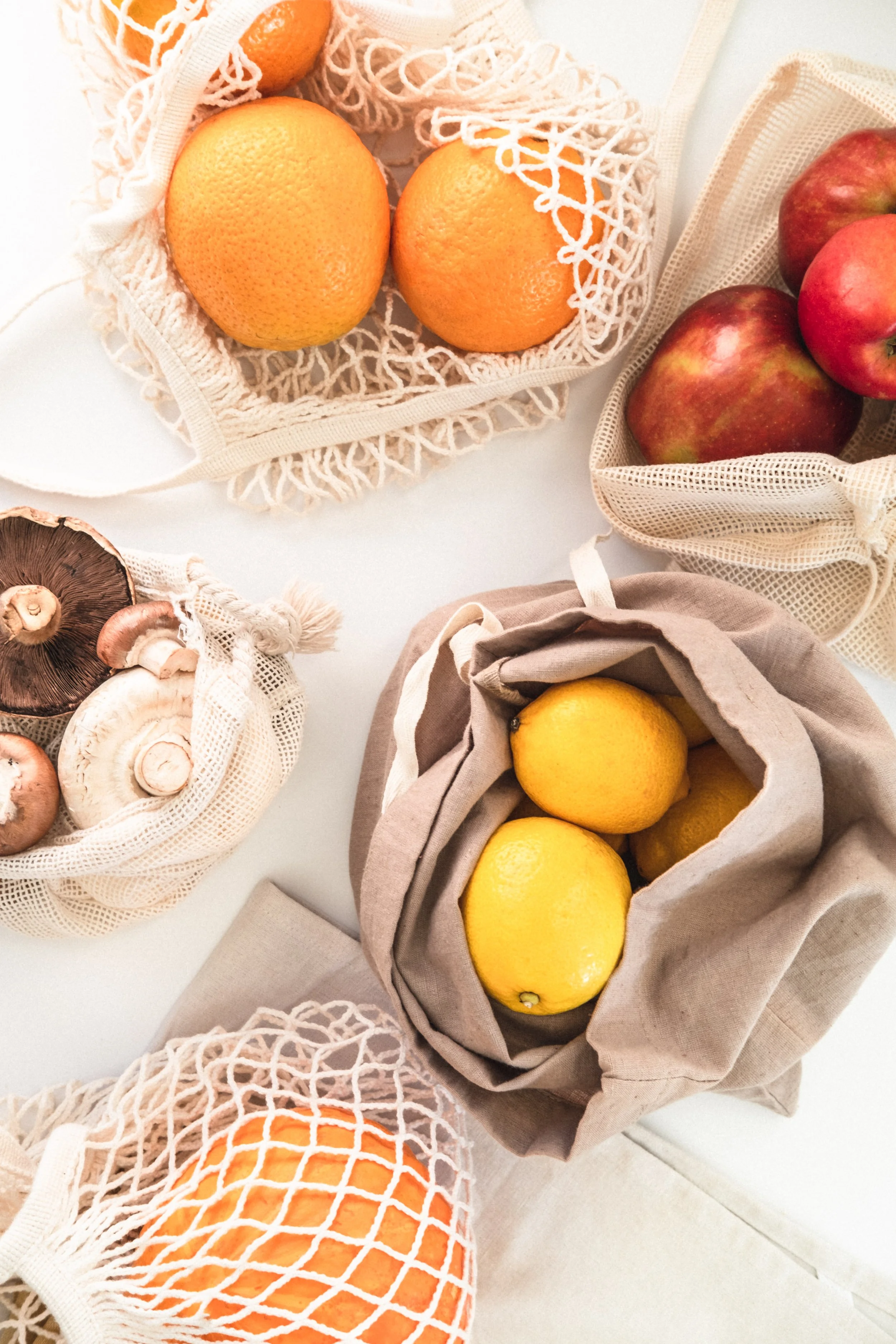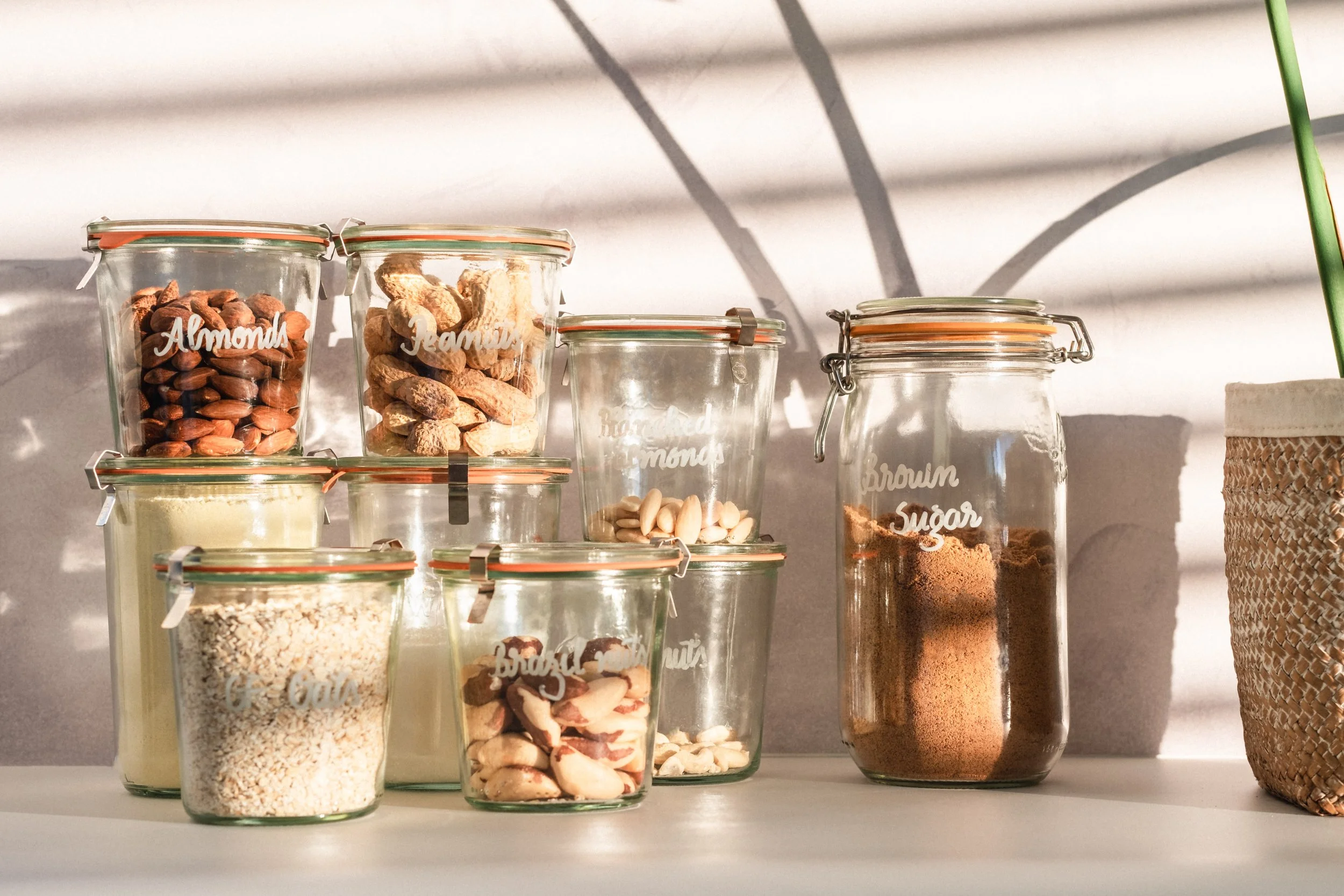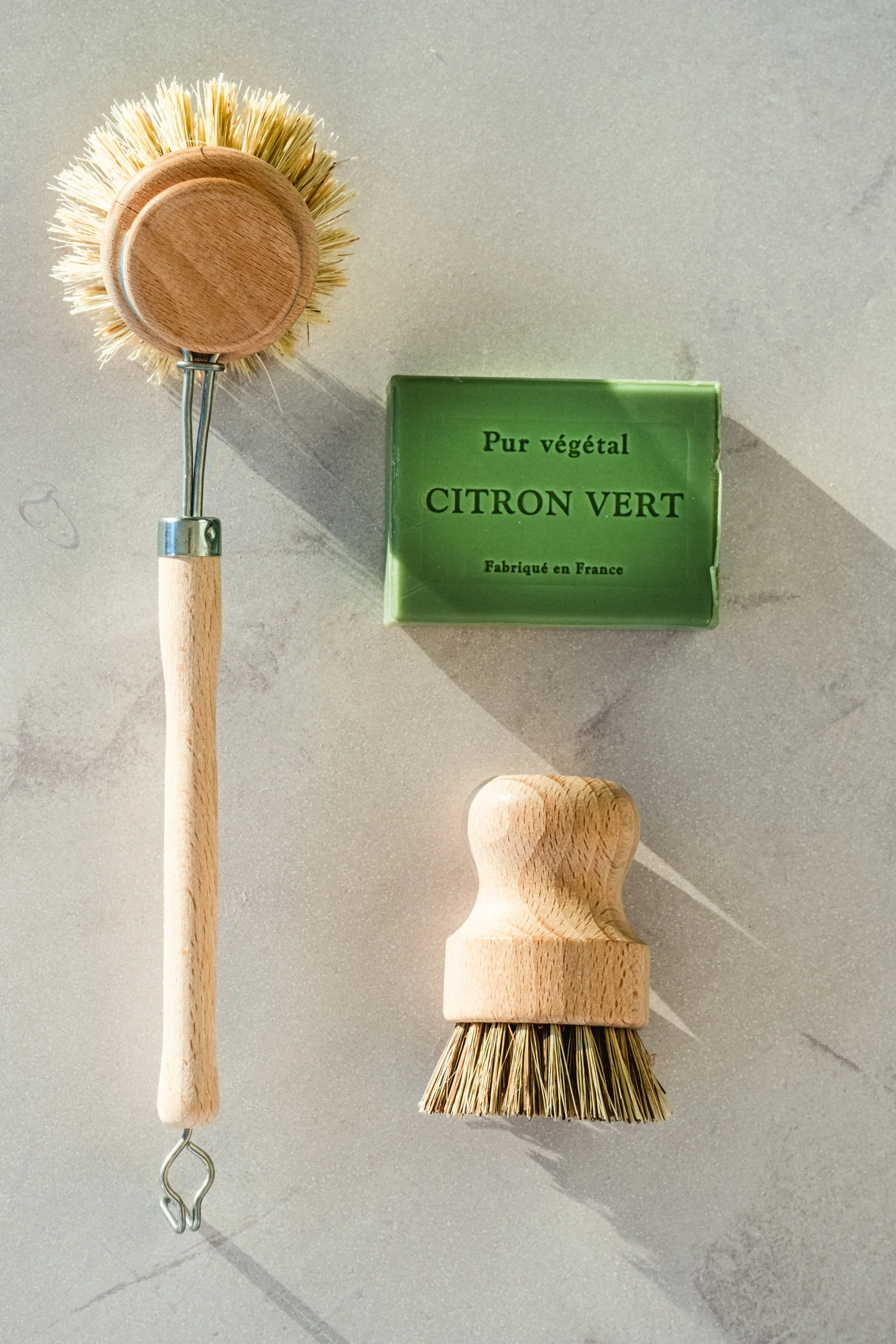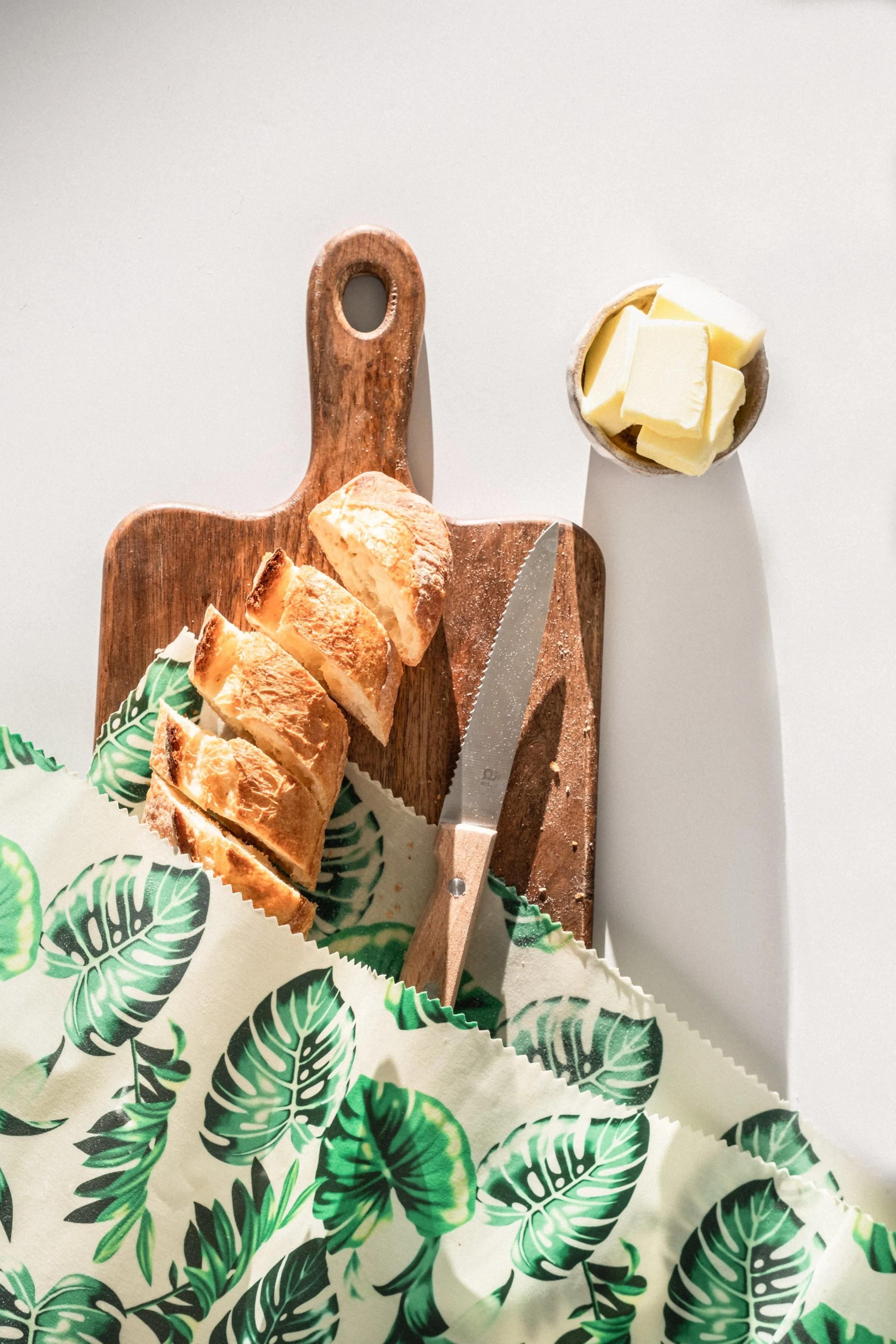It’s getting harder and harder to deny the truth: we all need to work together if we want to reach a zero-waste future. Every year, more plastic ends up in our ecosystems, and our planet suffers irreversible damage.
Plastic can take up to 1,000 years to decompose. That’s why the sooner we reduce our plastic use and waste, the fewer plastic mountains we’ll leave behind to pollute the environment and fill up landfills.
Let’s look at some hard facts. No matter how carefully we recycle, only 9% of the world’s plastic actually gets recycled. Around 90% of floating ocean waste is plastic. And half of the 300 million tons of plastic produced each year comes from single-use items like water bottles, coffee cup lids, straws, and coffee pods.
Depressing? Maybe. But there’s a brighter side: today, we have more alternatives than ever before. By becoming more conscious consumers, we can take real responsibility and actually shrink our plastic footprint.
Take a quick look in your fridge, pantry, or cupboards—you’ll probably be shocked at how many plastic containers, kitchen tools, and single-use plastics you’ve collected. Here’s the good news: replacing all that with sustainable alternatives is not only possible, it’s surprisingly easy.
And one of the best places to start? Your kitchen.
With just a few simple steps, you can create a zero-waste, plastic-free kitchen. This guide will walk you through how.
1. Switch to Reusable Bags and Storage Containers
Small changes in our daily habits can make a huge difference. One of the easiest ways to cut down kitchen waste is by reducing the need for plastic shopping bags. Always take reusable shopping bags with you—it’s such a simple yet powerful action.
The zero-waste kitchen movement actually starts the moment you step outside your home. Reusable produce bags, for example, can dramatically cut your waste—more than you might think.
Plastic bags are an environmental disaster. Many countries have banned them, but in others (ours included) they’re still everywhere. It could take years before they disappear completely, so why not be one of the people leading the change?
And don’t forget about storage containers. Glass jars and stainless steel containers are perfect for keeping your food organized and beautifully displayed. As a budget-friendly alternative, you can also reuse glass jars from store-bought products.
They’re great not only for pantry staples (like flour, oats, pasta), but also for leftovers or meal prep. They even make handy snack containers when you’re on the go.
And, of course, ditching plastic water bottles and disposable coffee cups is a must. If you don’t already have a reusable water bottle or travel mug, make it a priority—you’ll never look back.
2. Choose Plastic-Free Food Packaging
One of the trickiest parts of cutting household waste is food packaging. Almost everything we buy is wrapped in plastic. We can’t always control what manufacturers do, but we can control what we choose to bring home.
When shopping, opt for products sold in glass jars or recyclable packaging. Better yet, buy fresh produce from local markets to avoid unnecessary packaging altogether.
Frozen meals often come in plastic trays, and while they’re convenient after a long day, they add up quickly. Instead, try cooking at home and make extra portions to freeze. Store them in airtight glass containers so you’ll always have a meal ready—without the waste.
Step by step, you’ll find yourself saying goodbye to single-use packaging.
3. Upgrade to Non-Plastic Kitchen Tools
It’s tempting to buy plastic mixing bowls, cutting boards, strainers, and utensils because they’re cheap and everywhere. But over time, they warp, break, and need to be replaced. Next time you need new kitchen gear, go for stainless steel, glass, or bamboo instead.
Yes, they cost more upfront, but they last so much longer—and they’re better for your health and the planet. Think of it as an investment in a more sustainable lifestyle.
4. Ditch Single-Use Kitchen Items
The ultimate goal of a zero-waste kitchen is to eliminate single-use products. Recycling and reducing are important, but reusability is the key.
Here are a few easy swaps:
Beeswax wraps instead of plastic wrap. Made from cotton, beeswax, resin, and oil, they’re washable, reusable, and come in all sorts of colors and sizes.
Silicone bags instead of disposable freezer bags. They’re made from sand, free from harmful chemicals, and safe for the freezer, microwave, and dishwasher.
Reusable cloths instead of paper towels. A zero-waste kitchen means it’s time to let go of throwaway paper products and embrace durable, washable alternatives.
5. Enjoy Plastic-Free Tea and Coffee
Let’s be honest—coffee pods and instant coffee sachets are convenient, but they generate mountains of waste. Instead, make your coffee in a glass French press or a stainless steel espresso maker. Skip the disposable filters and use a reusable fabric filter instead.
And when it comes to tea, here’s a shocking fact: many tea bags actually contain microplastics. The safest choice? Brew your tea the traditional way in a teapot. If you must use tea bags, choose brands that specifically offer plastic-free options.
6. Switch to Plastic-Free Cleaning
Kitchen cleaning is a daily ritual, and most cleaning products come in plastic bottles. But there are easy swaps.
Use dish soap bars instead of liquid soap in plastic bottles. Natural bar soaps are eco-friendly and just as effective.
Clean with baking soda to tackle grease and grime—it’s simple, cheap, and chemical-free.
Swap synthetic sponges (which shed microplastics) for natural loofahs. They work just as well and don’t pollute the environment.
Replace plastic scrub brushes with bamboo ones—durable, sustainable, and plastic-free.
Long Story Short
The time to act is now. To leave behind a healthier planet for future generations, animals, and ecosystems, we need to put our hands to work—no matter how small the steps.
Every conscious choice adds up. And the best part? Living more sustainably makes life more enjoyable too.
A plastic-free kitchen isn’t just possible—it’s within reach. Why not start today?





